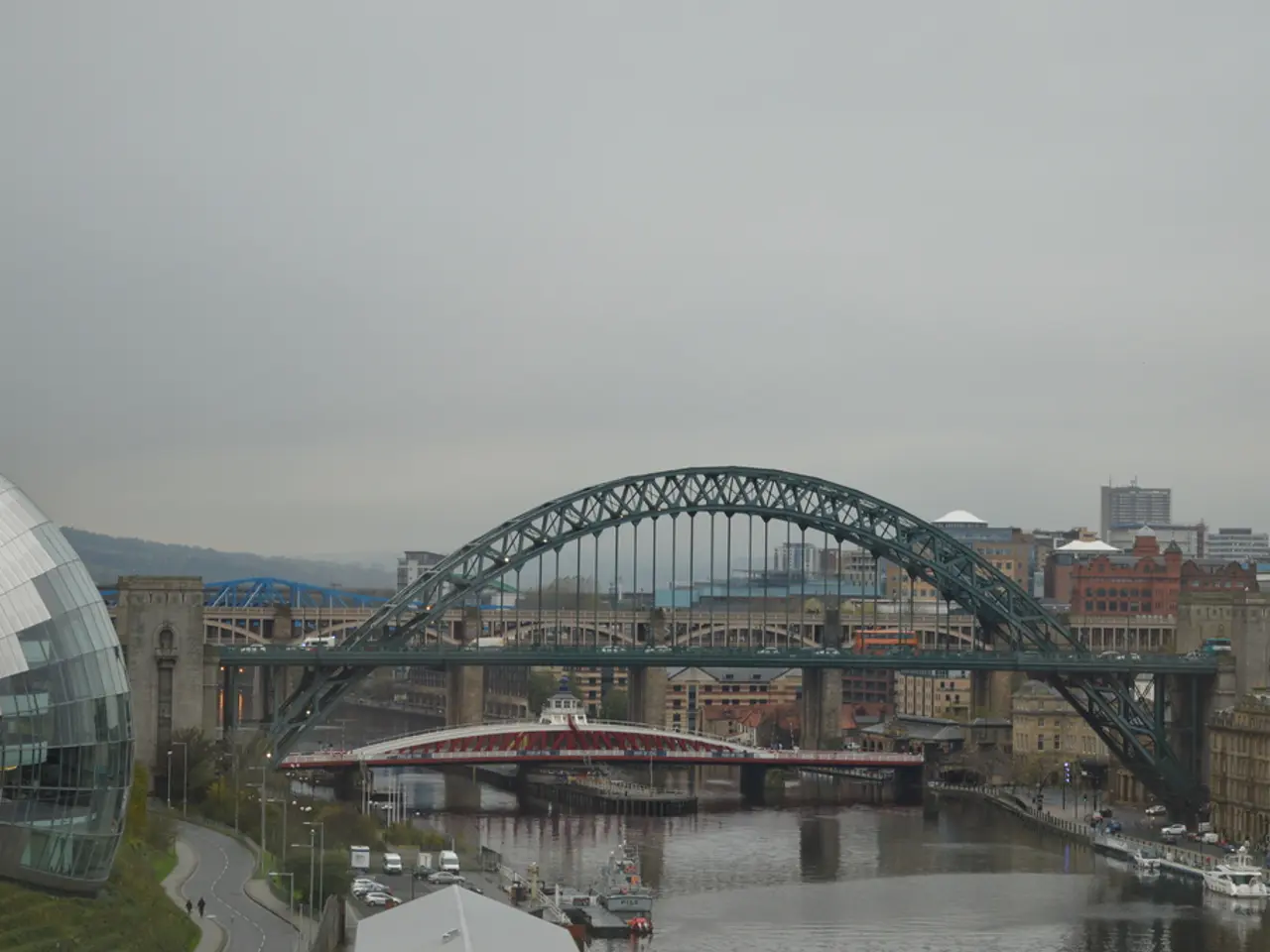Flood conditions in Sukhothai ease as water levels dip beneath city banks
Improving Flood Situation in Sukhothai, Thailand
The flood situation in Sukhothai, Thailand, is gradually easing as floodwaters recede and repairs to embankments progress. The floodwaters initially surged after a sandbag embankment collapsed on July 26, causing parts of Sukhothai town to flood up to 40 cm deep. However, emergency reinforcements were quickly deployed to contain the flooding.
As of early August, water levels in the Yom River at all monitoring points have dropped below the banks and continue to recede. Repair work on embankments is ongoing, with completed fixes on the Maplab embankment and urgent repairs expected to finish within 1–2 days on the Nong Pak Krathum embankment. Once repairs are complete, water pumps will be installed to drain excess floodwater from agricultural areas over an estimated period of 5–7 days, aiming to minimize crop damage.
The Sirikit Dam, located upstream, remains structurally sound and capable of holding an additional 1.6 billion cubic metres of water. It continues to discharge water at a consistent rate of 40 million cubic meters per day until August 10, without affecting downstream areas. The Chao Phraya Dam, another key dam, has reduced its discharge rate to 1,000 cubic meters per second to lessen downstream impact.
Authorities maintain 24/7 monitoring to adapt water management strategies and safeguard communities. The Royal Irrigation Department is expediting repairs on damaged canal embankments in Sawankhalok and Si Nakhon districts. The Deputy Prime Minister, Prasert Jantararuangtong, reported on the flood situation as Chairman of the National Water Resources Committee.
Overall, the coordinated efforts in repairs, drainage, and dam discharge management are leading to a gradual easing of flood impacts in Sukhothai. Drainage efforts are ramping up to protect farmland, and the flood situation is reported to have begun to ease on August 3.
- The ongoing repair work on embankments in Sukhothai, Thailand, is not only addressing the immediate flood situation but also raises questions about the larger issues of environmental-science and the impact of weather patterns on the local economy, considering the significant role agriculture plays in the region.
- The current flood situation in Sukhothai appears to highlight an intersection between politics and science, as demonstrated by the Deputy Prime Minister's involvement and the strategic management of dam discharges, and could potentially influence future policies on water resources and flood mitigation.








